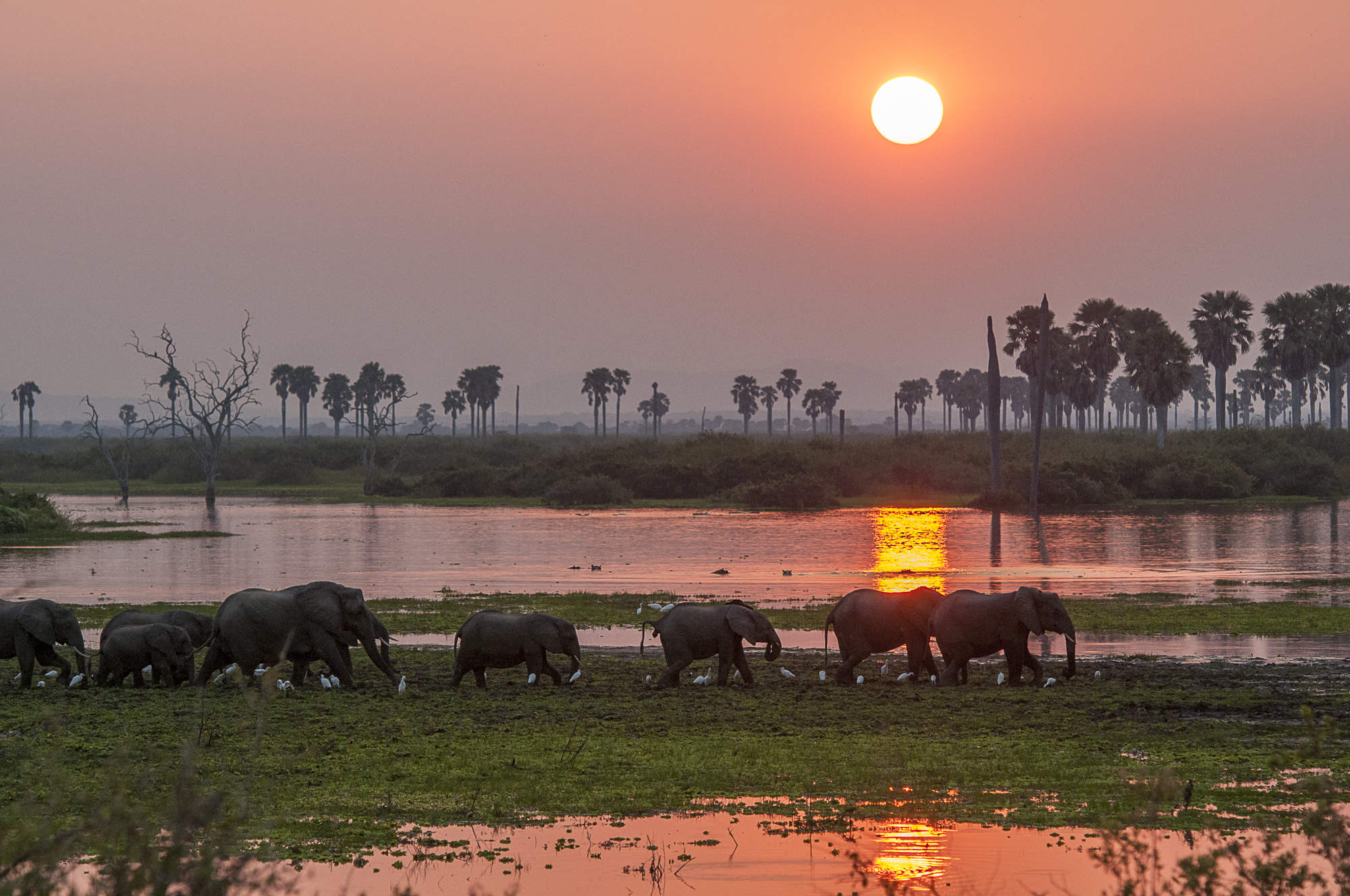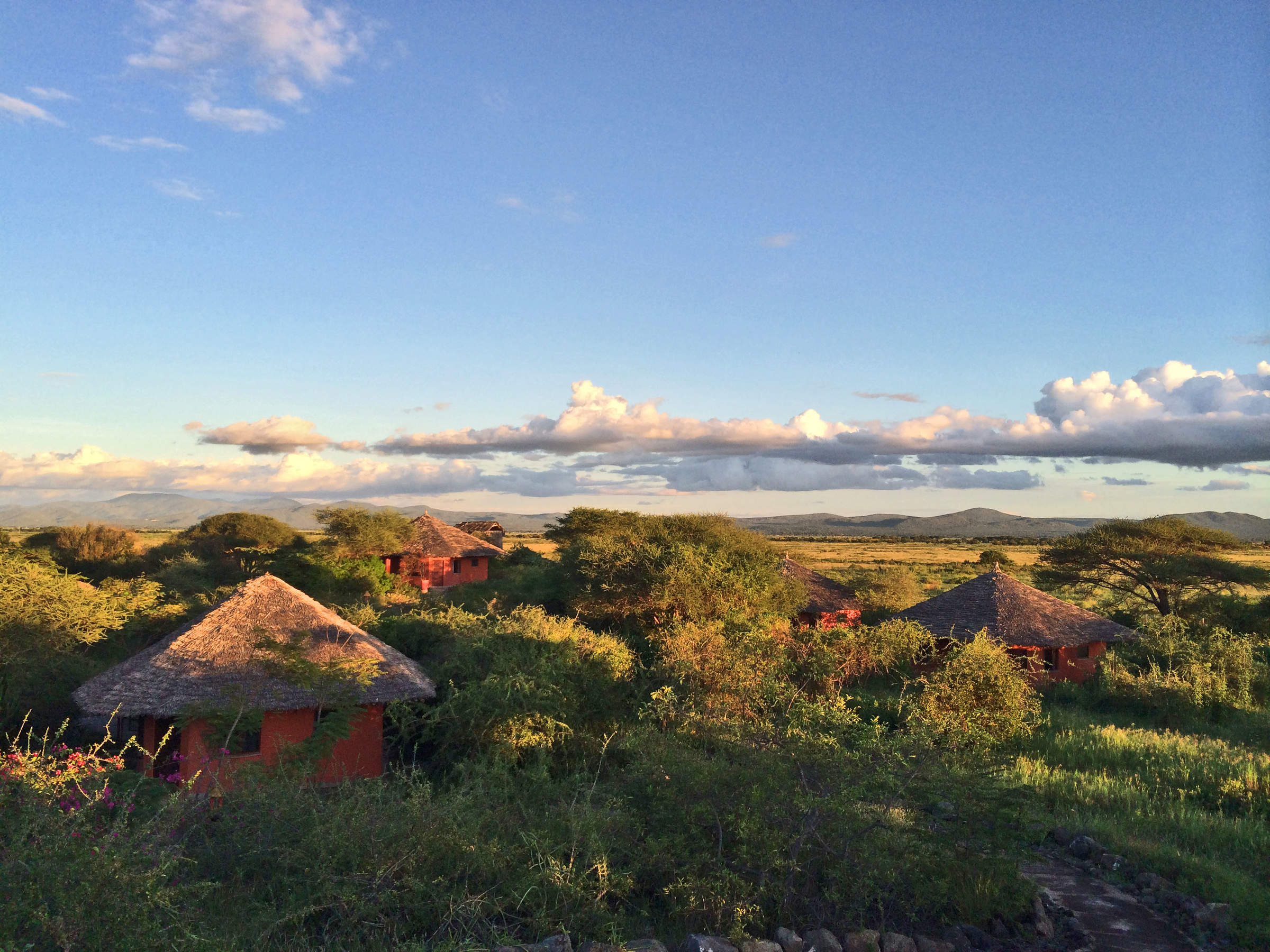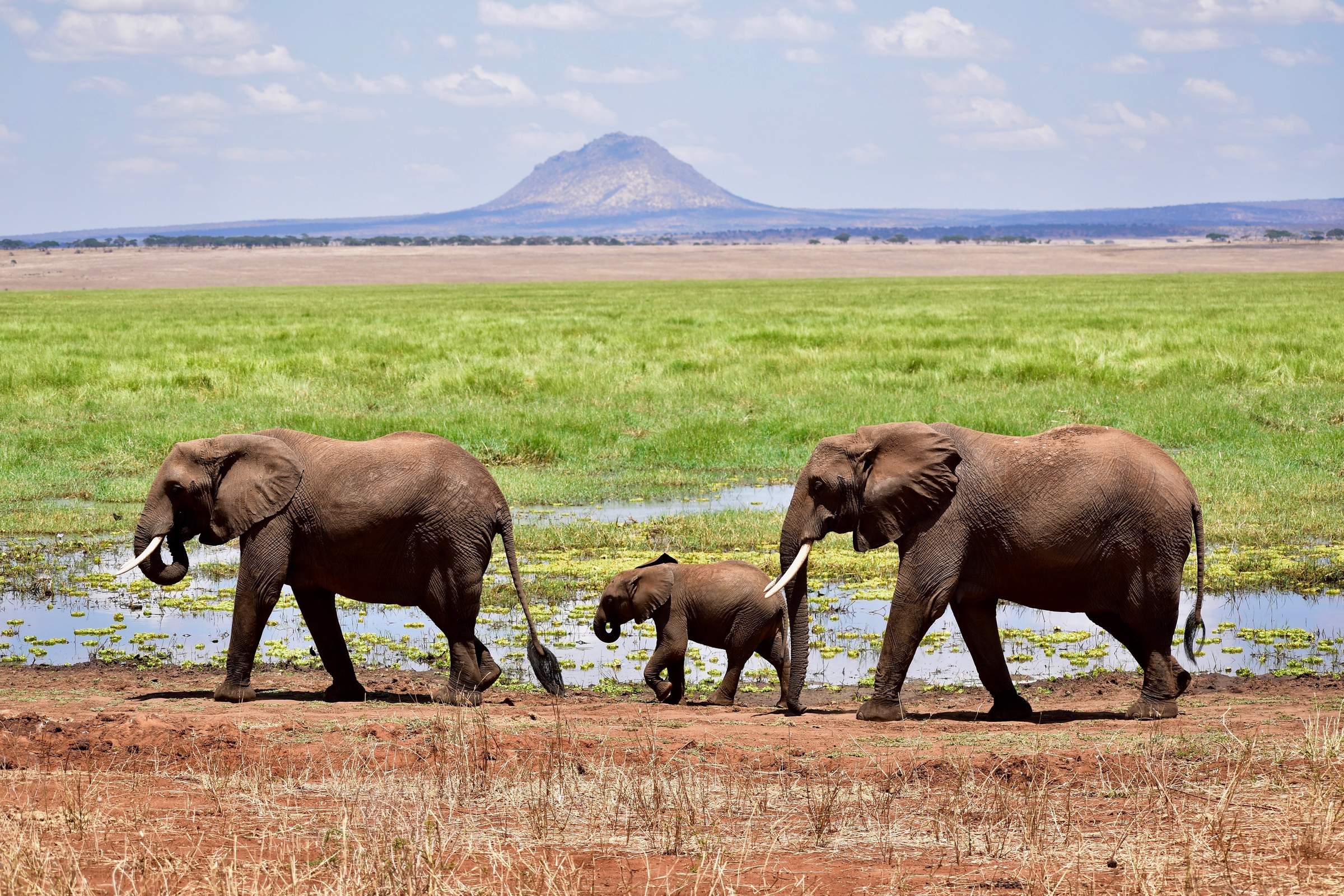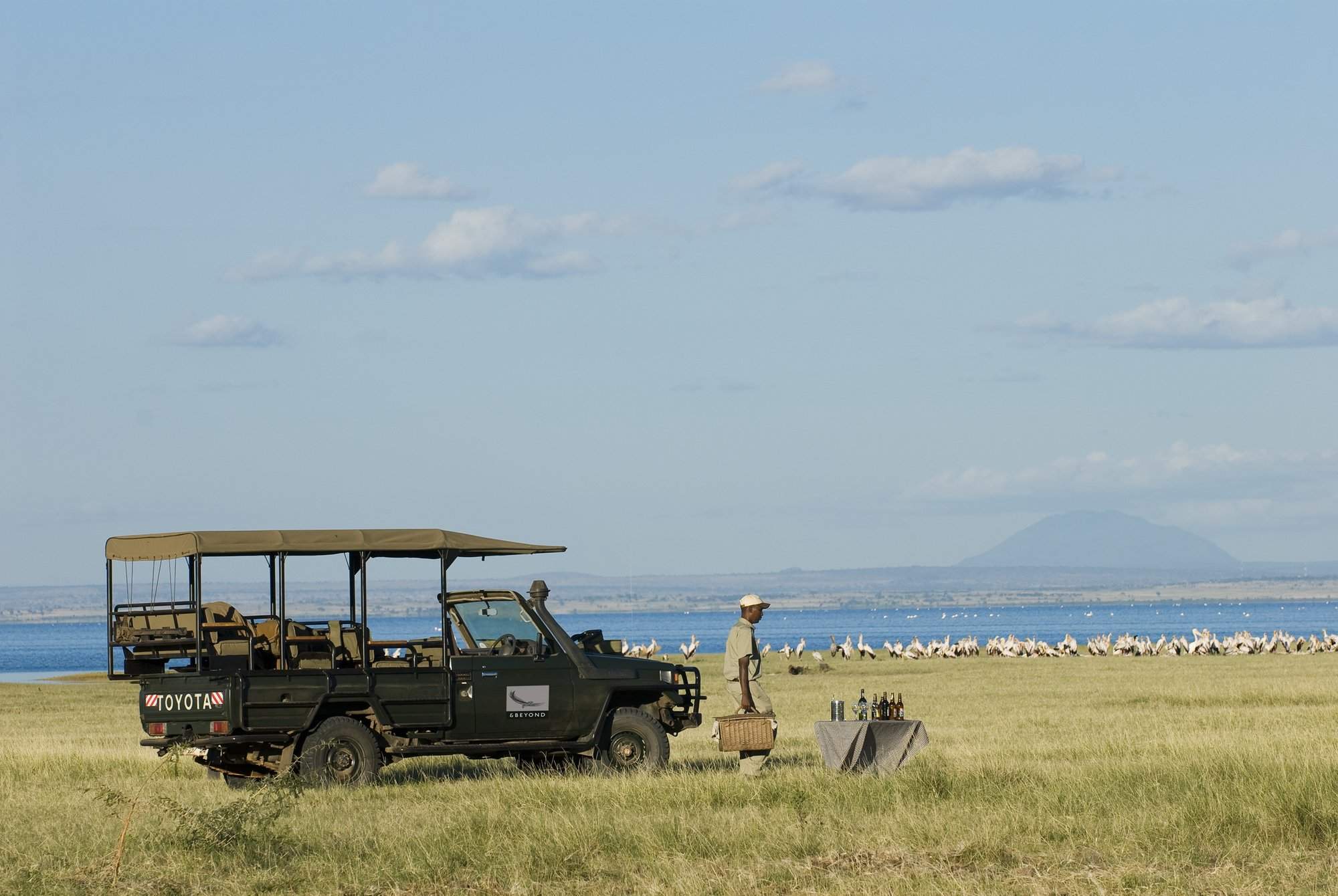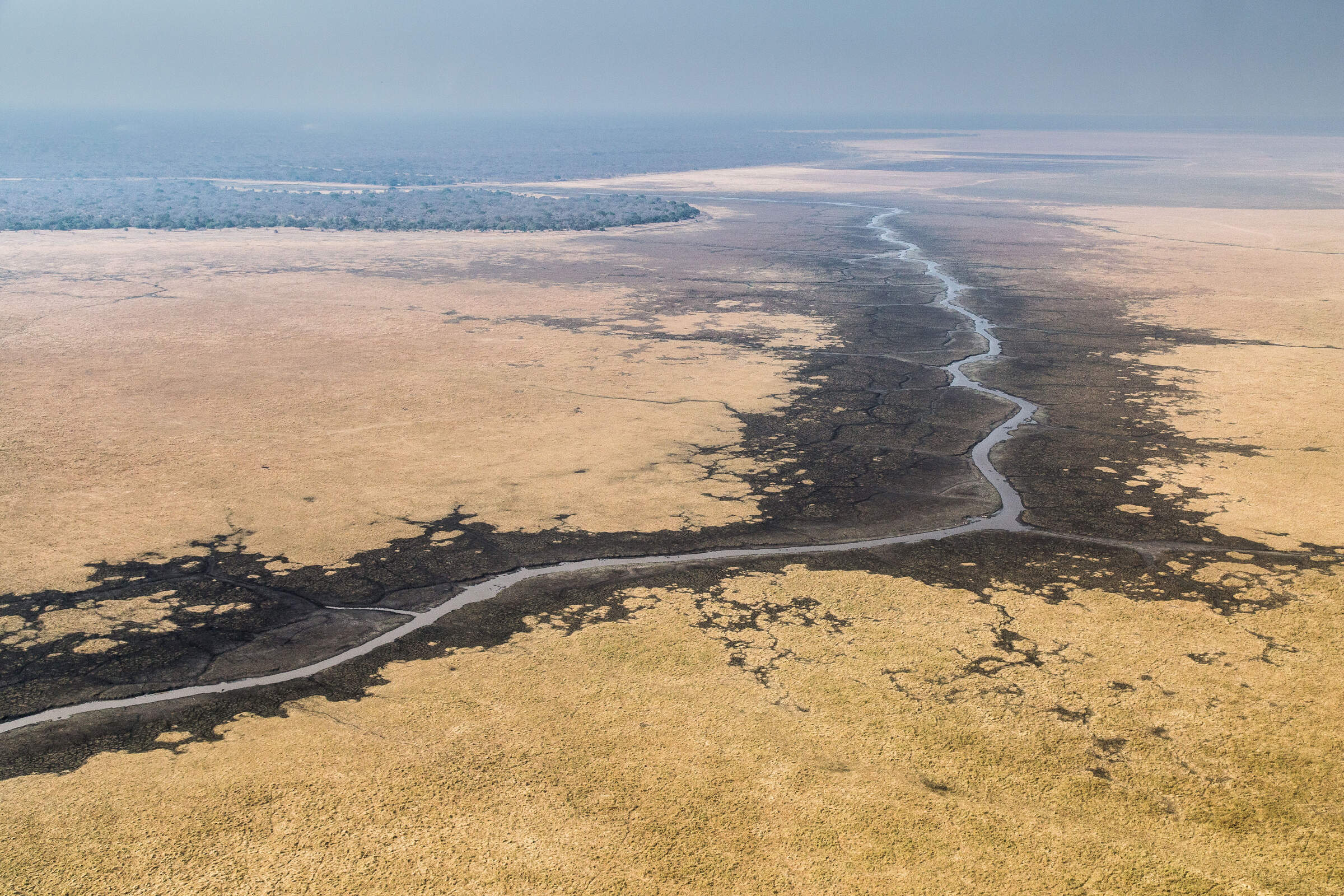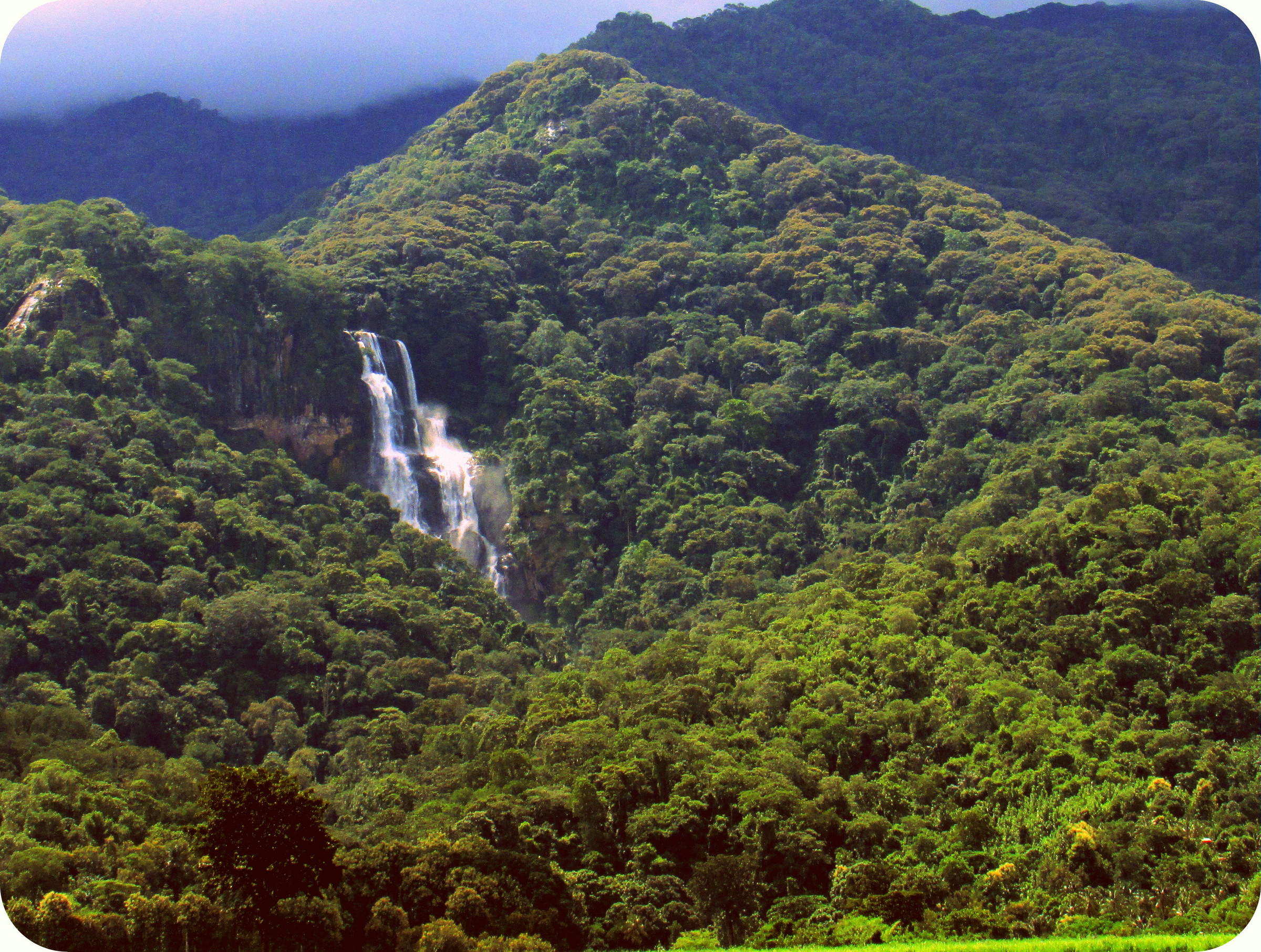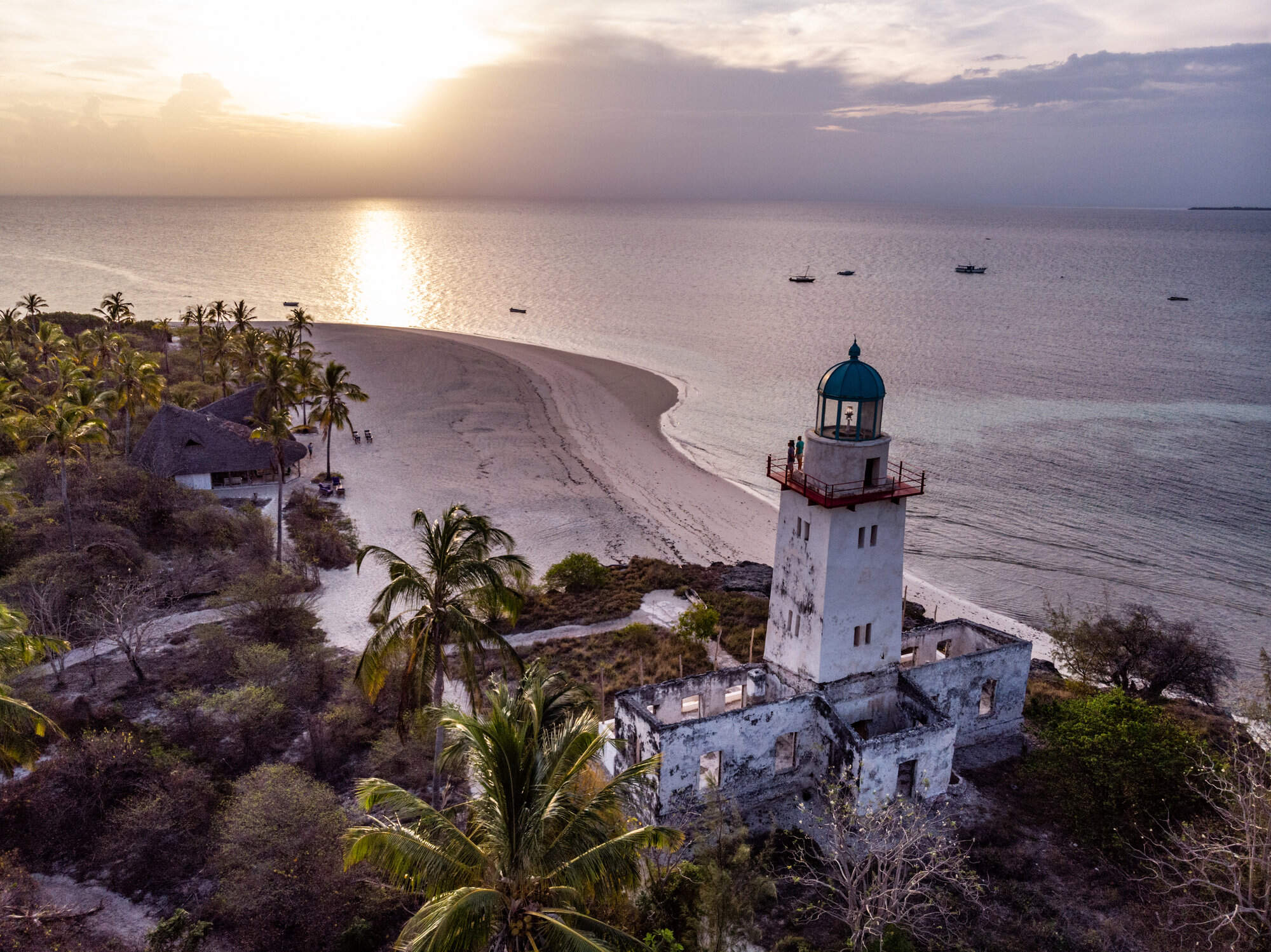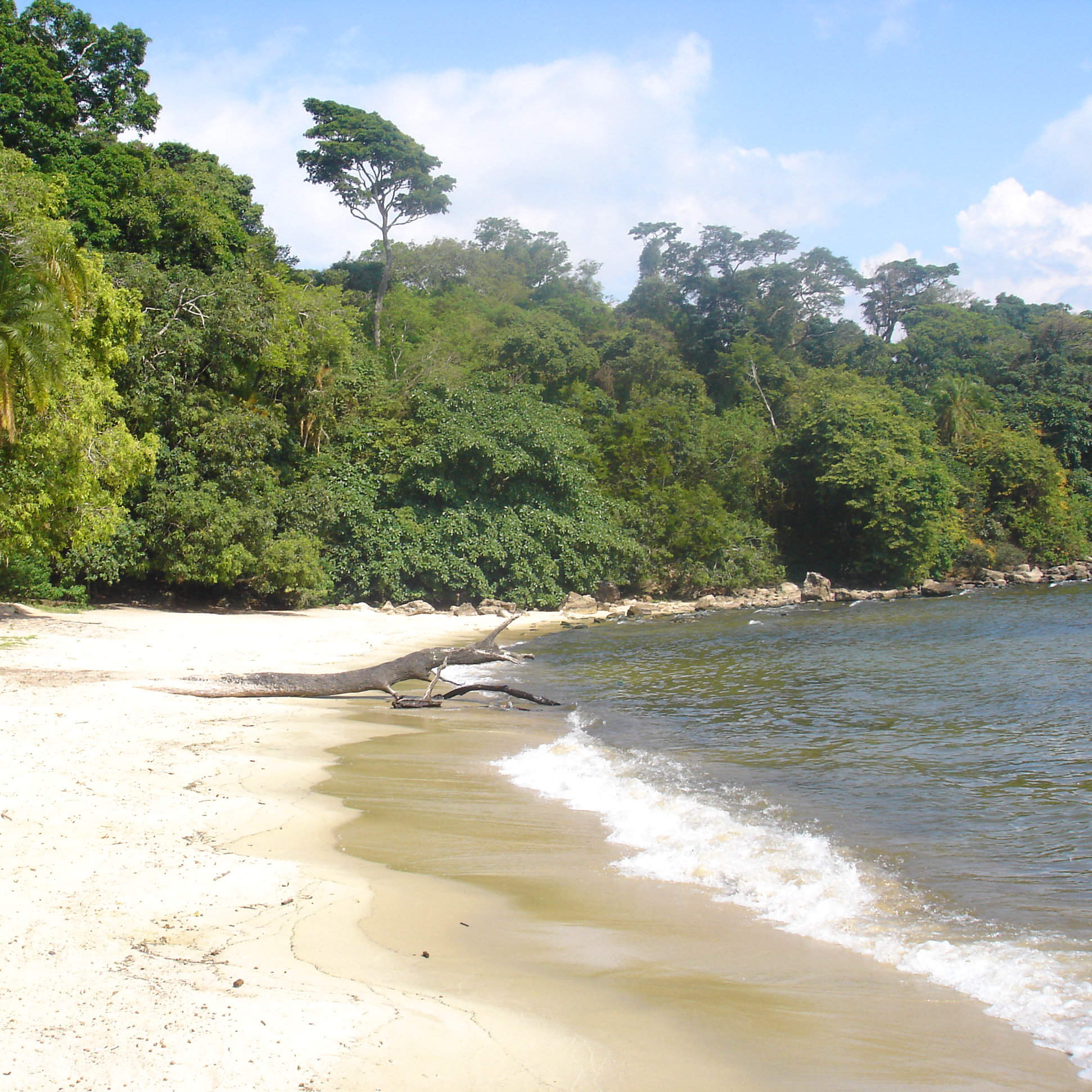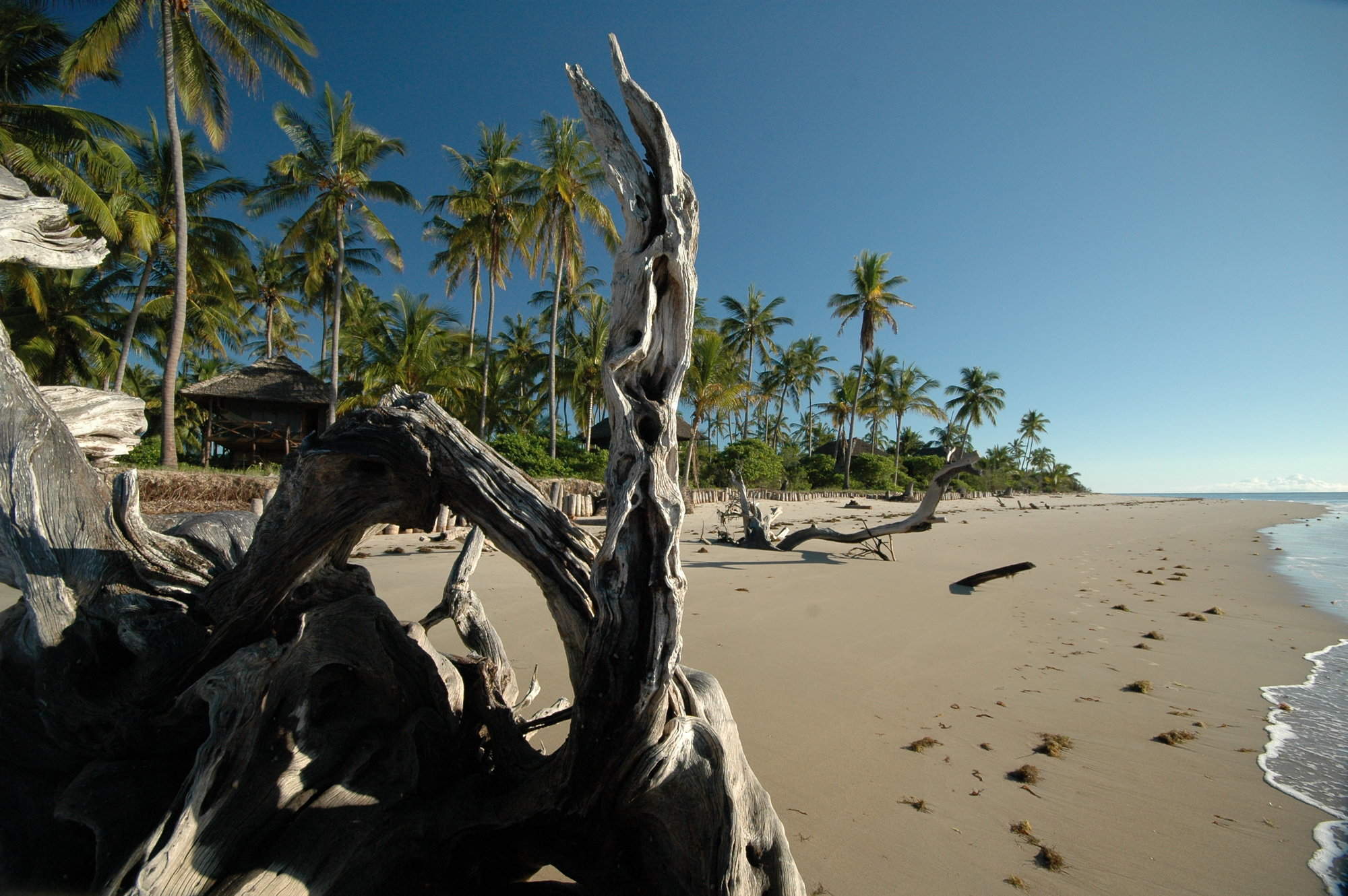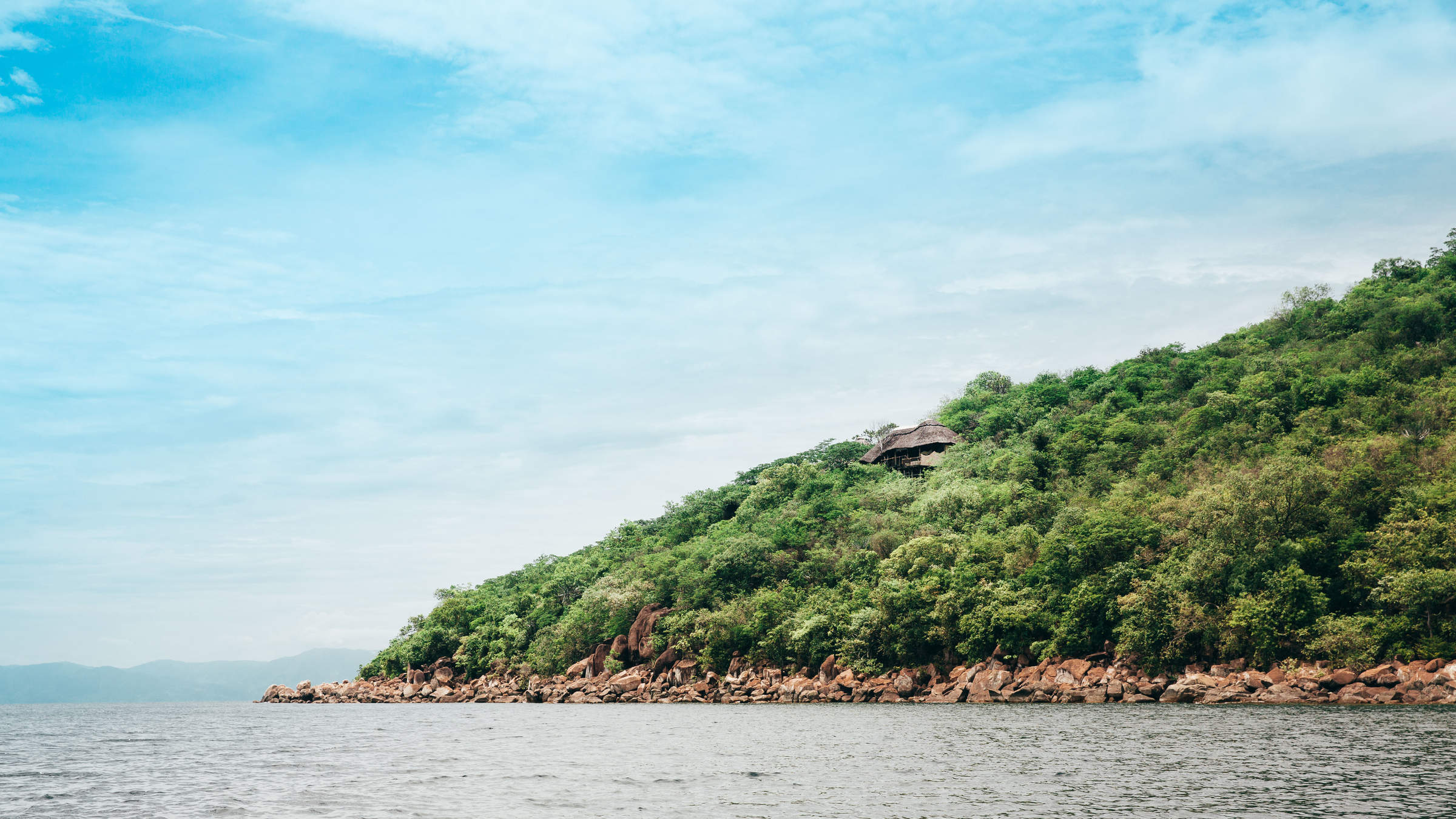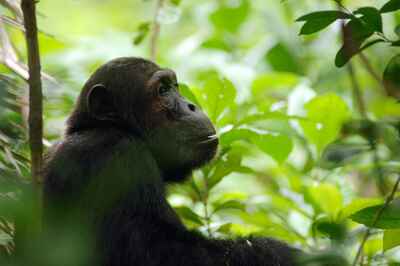
Mahale is best known for their dense population of primates.
The chimpanzees are relaxed near people, which makes close encounters possible.
Greystone Mahale Camp is a lovely accommodation inside the national park.
Mahale Mountains National Park
Mahale Mountains National Park
Remote, magical Mahale has steep, lush forests, lakeside beaches and Africa's best chimpanzee safaris.
In the extreme west of Tanzania are two national parks that aren't well known: Mahale Mountains National Park and Katavi National Park. (Read more about Katavi here… ) These reserves are exceedingly remote, tricky to access, and costly to visit – but they're very different from anything else in Tanzania, and totally magical. Mahale is also probably the best place in the world for chimp safaris!
Perhaps the best guidebook to Tanzanian safaris describes Mahale Mountains National Park as “quite simply one of the most beautiful parks anywhere in Africa". The lakeshore here is a beach of the finest powder-white sand, behind which rises a range of imposing mountains, clad in verdant tropical vegetation. Big electric-blue butterflies flit above the streams and the forest is alive with sound. It's not only beautiful, but it also harbours Tanzania's densest population of primates: yellow baboon, red colobus, blue, red-tailed and vervet monkeys are never far away – and then, of course, there are the chimpanzees.
Covering about 1,600km² of the Mahale Mountains, this national park is home to around 1,000 chimpanzees. Most significantly, one group of Mahale chimps – the Mimikire clan – has been habituated by researchers since 1965. Currently led by an impressive alpha male, Alofu, the M-group, as they are commonly known, has around 56 chimps. They go where they want and when they want but are relaxed near people, so it's possible to track and observe them from very close quarters. For the good of the chimps' health, all human visitors on chimpanzee safaris are required to wear surgical masks – which will be provided for you.
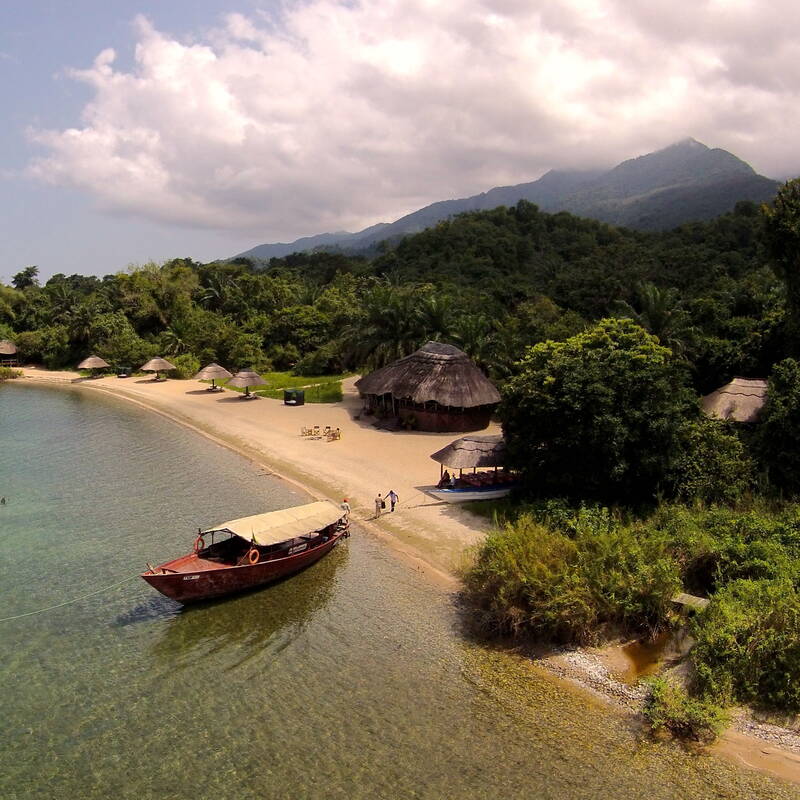
Safaris visiting Mahale Mountains
Just ideas, we'll always tailor-make a trip for you

Chimpanzee Fly-in Safari
8 days • 3 locations
KILIMANJARO AIRPORT TO KILIMANJARO AIRPORT
Combining two of the remotest parks in Tanzania, this safari can deliver extraordinary wildlife viewing in Katavi, and East Africa's best chimp treks, on the shores of Lake Tanganyika.
US$11,370 - US$16,530 per person
Most recent reviews of our safaris to Mahale Mountains
Click below to browse all 49 reviews from Mahale Mountains National Park. All from our travellers; all are in full & unedited.
Arrived 18 Jul 2023, 21 nights
"My Jul 2023 trip"
Overall rating: Excellent
Arrived 6 Jan 2023, 21 nights
"My Jan 2023 trip to Tanzania"
Overall rating: Poor
Arrived 1 Oct 2022, 13 nights
"My Oct 2022 trip"
Overall rating: Excellent
Arrived 23 Sep 2022, 19 nights
"My Sep 2022 trip"
Overall rating: Excellent
Arrived 12 Sep 2022, 12 nights
"My Sep 2022 trip"
Overall rating: Excellent
Arrived 3 Sep 2022, 22 nights
"My Sep 2022 trip"
Overall rating: Excellent
Arrived 21 Jun 2022, 14 nights
"We could not hope for a better honeymoon"
Overall rating: Excellent
Arrived 19 Jul 2021, 24 nights
"July/August 2021: Zimbabwe and Tanzania"
Overall rating: Excellent
Arrived 15 Feb 2020, 10 nights
"One of the best"
Overall rating: Excellent
Arrived 4 Feb 2020, 11 nights
"Greystoke Mahale and Kichaka Ruaha"
Overall rating: Excellent
Where to stay in Mahale Mountains
Our suggestions for safari camps in Mahale Mountains National Park
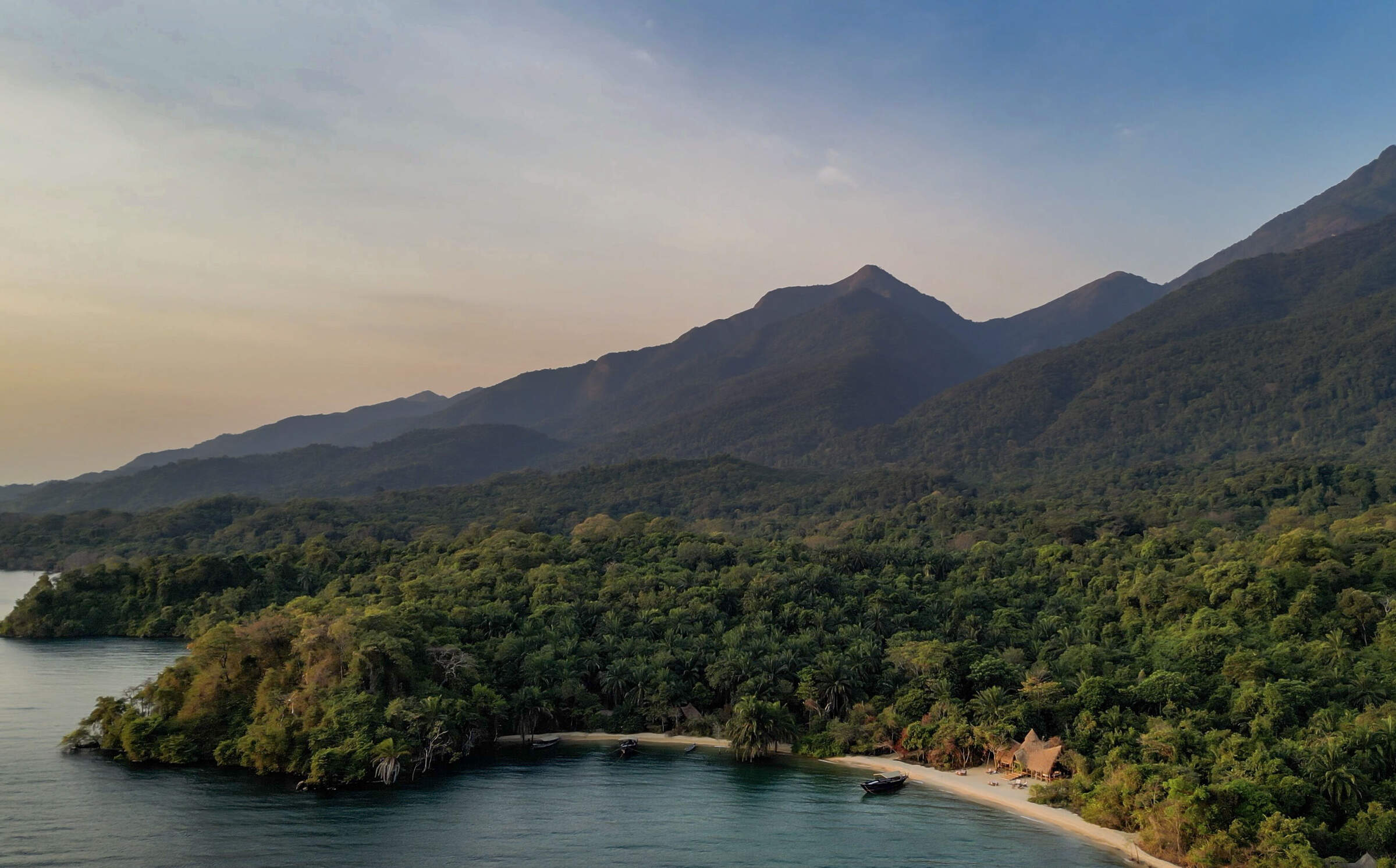
Greystoke Mahale
Greystoke Mahale's lakeside location in the Mahale Mountains makes it one of Africa's most remote and original upmarket safari camps.
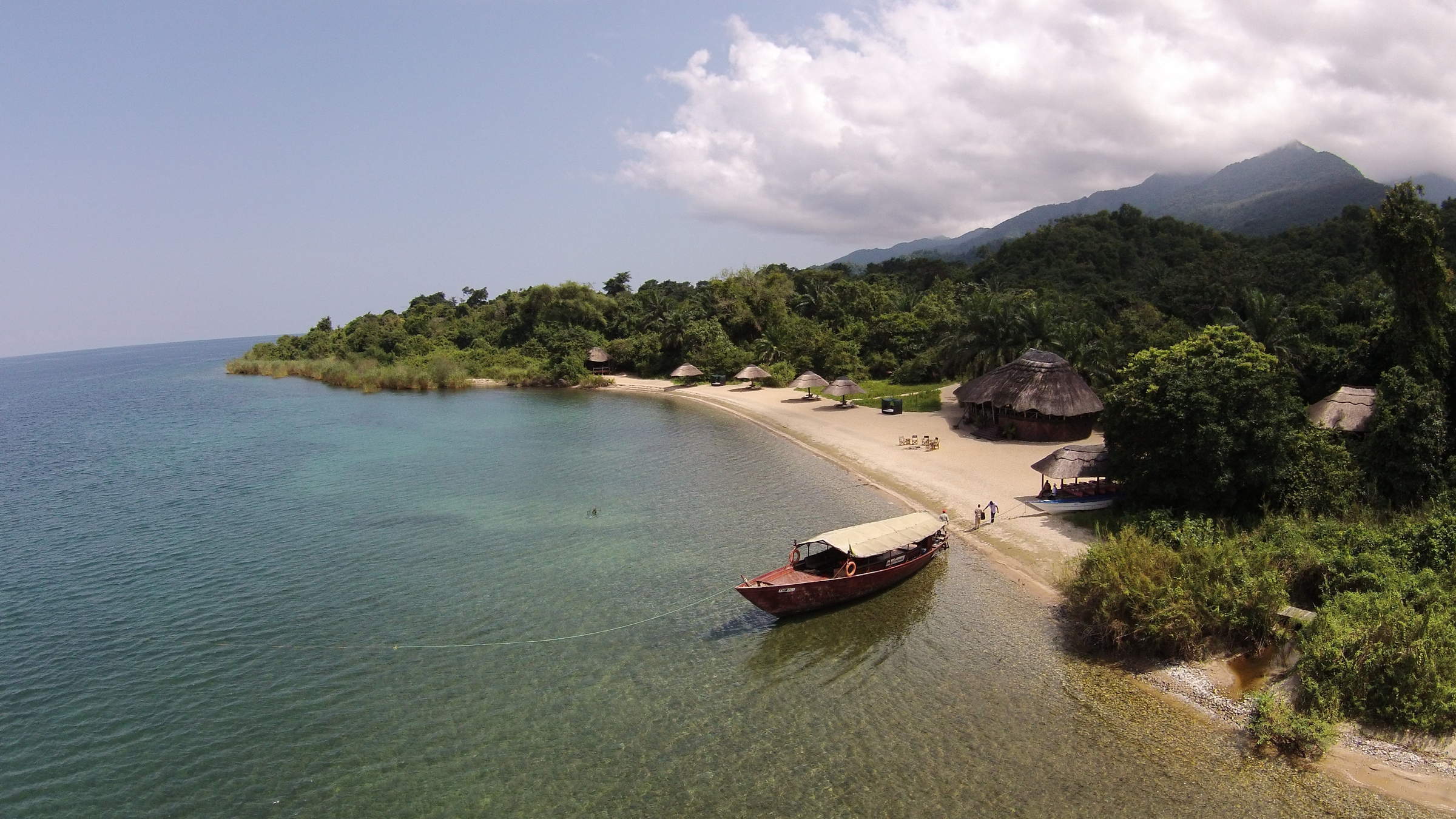
Mbali Mbali Mahale
Mbali Mbali Mahale is a smart lodge on the shores of Lake Tanganyika, primarily visited by travellers keen to meet habituated chimpanzees.
Our travellers’ wildlife sightings in Mahale Mountains
This is their success for sightings in Mahale Mountains National Park. Click on a species for more detail. How we work this out.

100% success

60% success

0% success

0% success

0% success

0% success

0% success

0% success

0% success

0% success

0% success

0% success

0% success

0% success

0% success

0% success

0% success

0% success
When to go to Mahale Mountains National Park
Mahale Mountains National Park experiences distinct seasons. The long dry season from June to October is ideal for chimpanzee trekking, with sunny weather and low humidity. Then the rains usually come in two bouts – the long rains from March to May and the short rains in November and December.
Chimpanzees are most visible during the dry season near Lake Tanganyika, which is also perfect for hiking Mount Nkungwe and lake activities. The rainy seasons bring lush landscapes but make trekking harder. Birdwatching is excellent year-round, with palearctic migrants usually around from October to April.
Jan
Feb
Mar
Apr
May
Jun
Jul
Aug
Sep
Oct
Nov
Dec
Mahale Mountains National Park in January
Rain is likely in January in the Mahale Mountains National Park, and the chimpanzees disperse into smaller groups to ensure there is plenty of food for all. While wildlife viewing is generally good, some animals may still be dispersed due to lingering moisture from the previous wet season.
Birdwatching is excellent during January, with resident birds in breeding plumage and migrant species present. Forest walks are pleasant, with reduced humidity making for comfortable hikes. Mount Nkungwe trails are more manageable, though some areas may be slippery. The lakeshore of Lake Tanganyika provides a lovely backdrop for activities like kayaking and fishing.
- Variable weather with rain likely
- Good time for birding with migrant species
- Chimpanzee trekking conditions fair
- Lake activities enjoyable in warm weather
Our view
A good time to visit, with pros & cons
Weather in January
Mahale Mountains National Park in February
February is a more challenging time for chimp trekking as the chimpanzees have moved to higher ground and thicker forest looking for food. Rain showers are possible.
Birdwatching remains rewarding, with northern hemisphere migrants joining resident species. The park's hidden waterfalls are more accessible now, providing refreshing stops during guided forest walks. Mount Nkungwe hikes offer panoramic views of the park and lake, though early starts are recommended to avoid midday heat.
- Challenging time for chimpanzee trekking
- Birdwatching opportunities abundant
Our view
A good time to visit, with pros & cons
Weather in February
Mahale Mountains National Park in March
March marks the beginning of the long rainy season in Mahale Mountains National Park. Chimpanzee trekking continues to be challenging as the apes move to higher elevations. Camps may be closed – speak to us for more details. However, this is an excellent time for botanists and butterfly enthusiasts, as the forest bursts into bloom. The park's diverse flora, including unique species in the Kasoge forest, is at its most vibrant. Birdwatching remains rewarding, especially for forest species.
While some trails become muddy, experienced guides can still lead exciting forest walks, showcasing the park's lush vegetation and smaller wildlife. Mount Nkungwe hikes are not recommended due to slippery conditions. Lake Tanganyika's water levels rise, changing the shoreline landscape.
- Increasing humidity as rainy season starts
- Chimpanzee sightings challenging
- Migratory birds start to depart
- Lush greenery enhances forest walks
- Camps may be closed
Our view
A good time to visit, with pros & cons
Weather in March
Mahale Mountains National Park in April
The rains continue into April, and camps remain closed. The dense vegetation and often slippery trails makes wildlife spotting more challenging, but patient observers can witness fascinating behaviours. Chimpanzees construct leafy nests for shelter, visible from a distance. The park's rivers and streams swell, creating temporary waterfalls and rapids. This is an excellent time for photography enthusiasts to capture the lush, green landscapes and moody atmospheres.
Birdwatching remains rewarding, especially for forest-dwelling species. Lake Tanganyika's shoreline activities are limited, but the lake itself is a spectacle with dramatic skies and occasional storms.
- Heavy rains may impact park accessibility
- Chimpanzee trekking difficult due to weather
- Waterfalls and streams at their most impressive
- Birdwatching good for resident species
- Limited lake activities due to weather
Our view
This is not a great time to visit
Weather in April
Mahale Mountains National Park in May
As May progresses, the long rains in Mahale Mountains National Park begin to taper off, and lodges re-open towards the end of the month. The landscape is lush and green, with rivers and streams still flowing strongly. Visitors should still expect challenging chimpanzee trekking conditions. The forest is dense with the vegetation and at its most vibrant and many plants in fruit.
Birdwatching is excellent, especially for forest species and water birds around the swollen lakes and rivers. Lake Tanganyika's water levels are high, altering the shoreline landscape. As the rains decrease, hiking trails to Mount Nkungwe become more accessible, offering stunning views of the verdant park.
- Rains begin to subside towards end of month
- Chimpanzee trekking conditions remain challenging
- Hiking trails start to dry out
- Lush and dense vegetation
Our view
This is not a great time to visit
Weather in May
Mahale Mountains National Park in June
June marks the transition to the dry season in Mahale Mountains National Park. Chimpanzee trekking conditions begin to improve significantly but the chimps are mostly still high up in the forest taking advantage of the abundance of food. The forest starts to dry out, making walking trails more accessible. This is an excellent time for hiking to Mount Nkungwe, offering panoramic views of the park and Lake Tanganyika.
The lake's water levels begin to recede, revealing sandy beaches perfect for relaxation after activities. Afternoon swims are possible in deeper water.
- Dry season begins
- Chimpanzee trekking improves but chimps remain on higher ground
- Hiking to Mount Nkungwe becomes favourable
- Possible to swim in the deeper waters of Lake Tanganyika
- Birdwatching excellent as skies clear
Our view
A good time to visit, with pros & cons
Weather in June
Mahale Mountains National Park in July
July is the start of the peak season in Mahale Mountains National Park. Chimpanzee trekking starts to become a little easier as the month progresses and the chimps begin to descend from their higher reaches. The dry weather makes forest trails more easily navigable, ideal for guided walks and wildlife spotting. Lake Tanganyika's waters are calm and clear, perfect swimming in deeper waters.
Birdwatching is excellent, especially around the lakeshore and in the miombo woodlands. Mount Nkungwe hikes offer breathtaking views in the crisp air. The dry conditions draw various animals to water sources, increasing wildlife sighting opportunities.
- Improving conditions for hiking and forest walks
- Clear skies perfect for stargazing
- Wildlife more visible near water sources
Our view
A very good time to visit
Weather in July
Mahale Mountains National Park in August
August is one of the hotter months in Mahale Mountains National Park. The dry weather continues, with clear skies and sunny days. Chimpanzee trekking reaches its peak, with frequent and prolonged sightings as the apes spend more time in accessible areas. The low vegetation improves visibility for other wildlife spotting during guided forest walks.
Lake Tanganyika's shores are perfect for relaxation and cooling swims in the deeper waters. Birdwatching remains excellent, with many species congregating around remaining water sources. Mount Nkungwe hikes are highly rewarding, offering panoramic views of the park and lake. The dry conditions make this an ideal time for overnight camping experiences in the park, allowing for immersive nature encounters and spectacular stargazing opportunities.
- Excellent weather for all park activities
- Chimpanzee sightings frequent and rewarding
- Mount Nkungwe hike offers spectacular views
- Lake activities continue to be enjoyable
Our view
Fantastic: the very best time to visit
Weather in August
Mahale Mountains National Park in September
September is an excellent month to visit Mahale Mountains National Park. Chimpanzee trekking remains outstanding, with high chances of extended observations. The low vegetation improves visibility during guided forest walks, increasing opportunities to spot other primates and smaller mammals. Lake Tanganyika's shores are perfect for relaxation and cooling swims in the deeper waters.
Birdwatching is rewarding, especially around the lakeshore and remaining water sources. Mount Nkungwe hikes offer stunning vistas in the clear air.
- Dry season continues with ideal conditions
- Chimpanzee trekking remains a highlight
- Lake Tanganyika waters clear for activities
- Birdwatching excellent with clear visibility
Our view
Fantastic: the very best time to visit
Weather in September
Mahale Mountains National Park in October
October sees the dry season drawing to a close. Chimpanzee trekking remains excellent, with the apes often seen near the lakeshore. The park's landscape is at its driest, making wildlife easier to spot as animals congregate around remaining water sources. Lake Tanganyika's water levels are at their lowest, revealing expansive beaches.
This is a great time for water activities and beach relaxation. Birdwatching is productive, with many species gathering near the lake. Mount Nkungwe hikes offer panoramic views, though the ascent can be hot. Guided forest walks provide opportunities to see a variety of wildlife in the open vegetation.
- Last month of peak chimpanzee trekking season
- Warm days perfect for lake activities
- Hiking trails dry and easily accessible
- Wildlife concentrated around water sources
Our view
A very good time to visit
Weather in October
Mahale Mountains National Park in November
November sees the start of the rains again in Mahale Mountains National Park. The landscape begins to transform as vegetation responds to the moisture. The rain showers create dramatic scenes over Lake Tanganyika, perfect for photography. Birdwatching is excellent as migrants arrive and many species don their breeding plumage. The forest comes alive with new growth, making guided walks particularly interesting for botany enthusiasts. Chimpanzee trekking remains good, with the chimps typically remaining on the lower slopes.
Mount Nkungwe hikes become more challenging but offer some intriguing misty vistas. The park's waterfalls begin to flow more vigorously, creating picturesque scenes.
- Rains likely, increasing humidity
- Chimpanzee trekking still good
- Migratory birds start to return to the park
- Lake activities may be affected by weather
- Lush scenery returns as vegetation grows
Our view
A good time to visit, with pros & cons
Weather in November
Mahale Mountains National Park in December
December in Mahale Mountains National Park is characterised by the short, dramatic rain storms. Despite intermittent showers, many activities remain enjoyable. Chimpanzee trekking continues, though the apes are often found at higher elevations from more challenging trails. The rejuvenated vegetation makes for lush, green landscapes, ideal for photography.
Birdwatching is excellent, with many species in breeding plumage and migratory birds present. Guided forest walks showcase the park's flora in full bloom. Mount Nkungwe hikes are challenging due to slippery conditions, but lower elevation trails remain accessible. The rain brings relief from the heat, and afternoon showers often give way to beautiful sunsets over the lake. December offers a unique, very quiet experience of Mahale.
- Variable weather with occasional rain
- Chimpanzee trekking conditions tricky
- Lake activities possible on clear days
- Birdwatching good as migrant species return
Our view
A good time to visit, with pros & cons
Weather in December
Map of Mahale Mountains National Park
Choices for where to stay in Mahale Mountains National Park

Mahale Mountains National Park: Safaris
Mahale Mountains National Park is often considered as the world’s best destination for chimpanzee-tracking safaris. However, it has also got a beautiful lakeshore with powder-white sand and pristine marine life, ideal for diving and snorkelling. Hence, you can combine safari and beach holidays in the Mahale Mountans National Park! Stay in the nearby Katavi National Park afterwards or before to prolong your Tanzania safari holiday!

Chimpanzee Fly-in Safari
8 days • 3 locations
KILIMANJARO AIRPORT TO KILIMANJARO AIRPORT
Combining two of the remotest parks in Tanzania, this safari can deliver extraordinary wildlife viewing in Katavi, and East Africa's best chimp treks, on the shores of Lake Tanganyika.
US$11,370 - US$16,530 per person
Top 2 lodges and safari camps in Mahale Mountains National Park
Listed below are our recommendations for nice places to stay in Mahale Mountains National Park. Ask us for more details of what's likely to suit you best!

Greystoke Mahale
Greystoke Mahale's lakeside location in the Mahale Mountains makes it one of Africa's most remote and original upmarket safari camps.

Mbali Mbali Mahale
Mbali Mbali Mahale is a smart lodge on the shores of Lake Tanganyika, primarily visited by travellers keen to meet habituated chimpanzees.

Looking for inspiration on where to travel next?
Visit our trip chooser to explore your options and find inspiration for your perfect African adventure
Inspire me